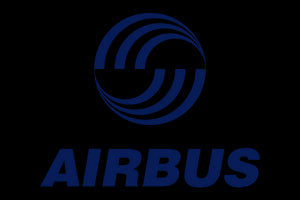Cement bagging and transfers generate persistent fine dust that affects breathing air, housekeeping and equipment reliability. Control depends on enclosing the process, pulling adequate airflow at release points, and cleaning without re-suspending dust.
Plan containment and airflow
- Enclose bagging machines and conveyors where possible. Keep doors and access panels closed during operation.
- Maintain slight negative pressure in the bagging area so dust does not escape to adjacent spaces.
- Verify direction of airflow with smoke tests after maintenance or filter change-out.
Capture at source
- Fit LEV at spouts, weigh hoppers and transfer points. Slot hoods or integral spout extraction should capture fugitive dust as bags are filled and released.
- Minimise drop heights and maintain skirts, seals and loading socks. Condition material flow to avoid surging that overwhelms capture.
- Record extraction airflow under load and track pressure drop to spot filter blinding early.
Control dust in the air
- Use local air cleaners to supplement extraction during peak output or maintenance. Position units to pull from dusty zones towards filtration, avoiding cross-draughts.
- A portable MAXVAC air scrubber can help reduce airborne carry-over around transfer points during shift changes or when fixed systems are being serviced.
Housekeeping and maintenance
- Ban sweeping and compressed air. Use H-Class industrial vacuums for floors, beams and machine ledges on a defined schedule.
- Inspect and clean LEV hoods, socks and seals. Replace worn components promptly.
- For silos, maintain pressure relief and filter systems; investigate high differential pressure or over-pressurisation alarms immediately.
Monitoring and PPE
- Use a particulate meter to check PM levels and validate control changes.
- Where silica-bearing materials are present, note the HSE WEL for RCS is 0.1 mg/m³ (8-hr TWA). Provide fit-tested P3 RPE during interventions.
Practical takeaways
- Keep bagging areas negative and confirm with smoke tests.
- Capture at spouts and transfers; maintain seals, skirts and socks.
- Measure airflow under load and watch filter pressure drop.
- Vacuum only; schedule H-Class cleaning and avoid blowdown.
- Use PM checks to optimise air cleaner placement and shift routines.
With consistent source capture, stable airflow and disciplined housekeeping, cement operations can significantly reduce dust exposure and cleaning time while improving equipment reliability.
Speak with a Dust Expert
Every site and project is different. If you’d like tailored guidance for your specific scenario, our Dust Experts are here to help.














